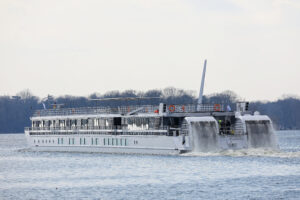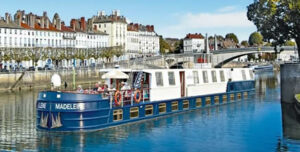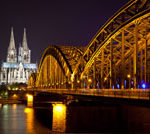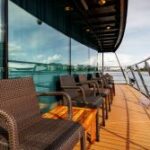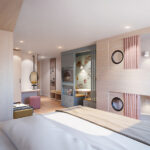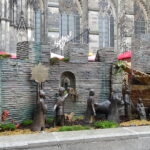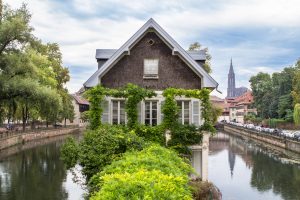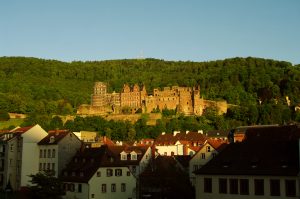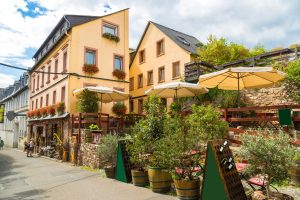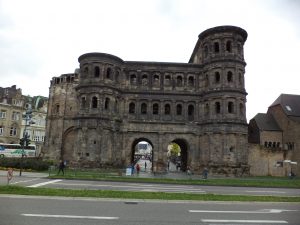We have worked with CroisiEurope for over 22 years and we highly recommend them. CroisiEurope is one of Europe’s oldest river cruise companies and is still family-owned by the Schmitter family. With over 50 passenger-cruising vessels, they are also one of the largest. The cruise line offers French and English language to their international guests.
In Europe, CroisiEurope cruises many rivers and areas that many other cruise lines do not. The cruise line is known for its short river cruises which are particular area intensive. They stop at many ports that the other cruise lines do not.
Some unique itineraries are on the Guadalquiver in Spain, offering 6 and 8-day cruise itineraries; there are 5- day itineraries from Strasbourg, France that include a Swiss train ride or going to one of the high mountain tops in Switzerland, they have the only river cruise on the Loire river – an 80-passenger paddleboat. Another paddleboat is cruising the Elbe River, offering Berlin to Prague itineraries and round-trip Prague. New in 2025, another paddle boat will be cruising the four rivers of Germany: Rhine, Neckar, Mosel, and Saar.
A little more exotic cruise itineraries featuring Northern Europe cruises as far north as Copenhagen on the Oder and Havel, as well as Southern cruises on the Sava and Tisza rivers in Hungary, Serbia and Croatia.
On the Po River, there are cruises from 5-nights to 7-nights with special Carnevale cruises. On the 7-night itineraries, there are dates that offer a pre-land stay in Tuscany or post-stay in Lake Como.
There are many cruise itineraries from 3-nights to 8-nights on the Danube, Rhine, Seine, Rhone, and Holland canals.
In addition to river cruises, CroisiEurope has 6 barge vessels: Anne Marie in Provence, Daniele, Deborah, and Jeanine cruise Burgundy and Champagne France, Madeleine cruising Alsace, and the Raymond cruising Belgium. These cruises are 6-nights in length (some 4-night Christmas Market itineraries), featuring French cuisine, beverages, wi-fi, bikes for cycling the tow paths, and all excursions. Prices start at $3400 per person for double occupancy.
On a CroisiEurope river cruise, the day begins with a continental breakfast buffet, rich and varied: pastries, cereals, coffee, tea, fruit juice, a wide selection of breads, jams, cold meats, eggs, fresh fruits and yogurts.
Lunch and dinner are served at fixed times in one service. They offer a complete menu (starter – main course – dessert) composed by our chefs. They pay homage to French gastronomy and can satisfy the palates of our international clientele. The surprise is always there with finishing touches, and local flavors conducive to a culinary immersion in the visited country of the itinerary.
Produced daily on the spot, using mainly fresh products, they are accompanied by a selection of wines chosen for their quality and their compatibility with the dishes, and are included in the price of the cruise (except wines from the specific wine list).
Some of the ships feature single and triple occupancy cabins. Many of the ships offer French balcony cabins (sliding glass doors).
We have cruised on many of the CroisiEurope vessels and really recommend them for a good value cruise line.
Contact us and let us help you find the perfect cruise. 888-869-7907 / 713-240-6753 europeanbarging.com

